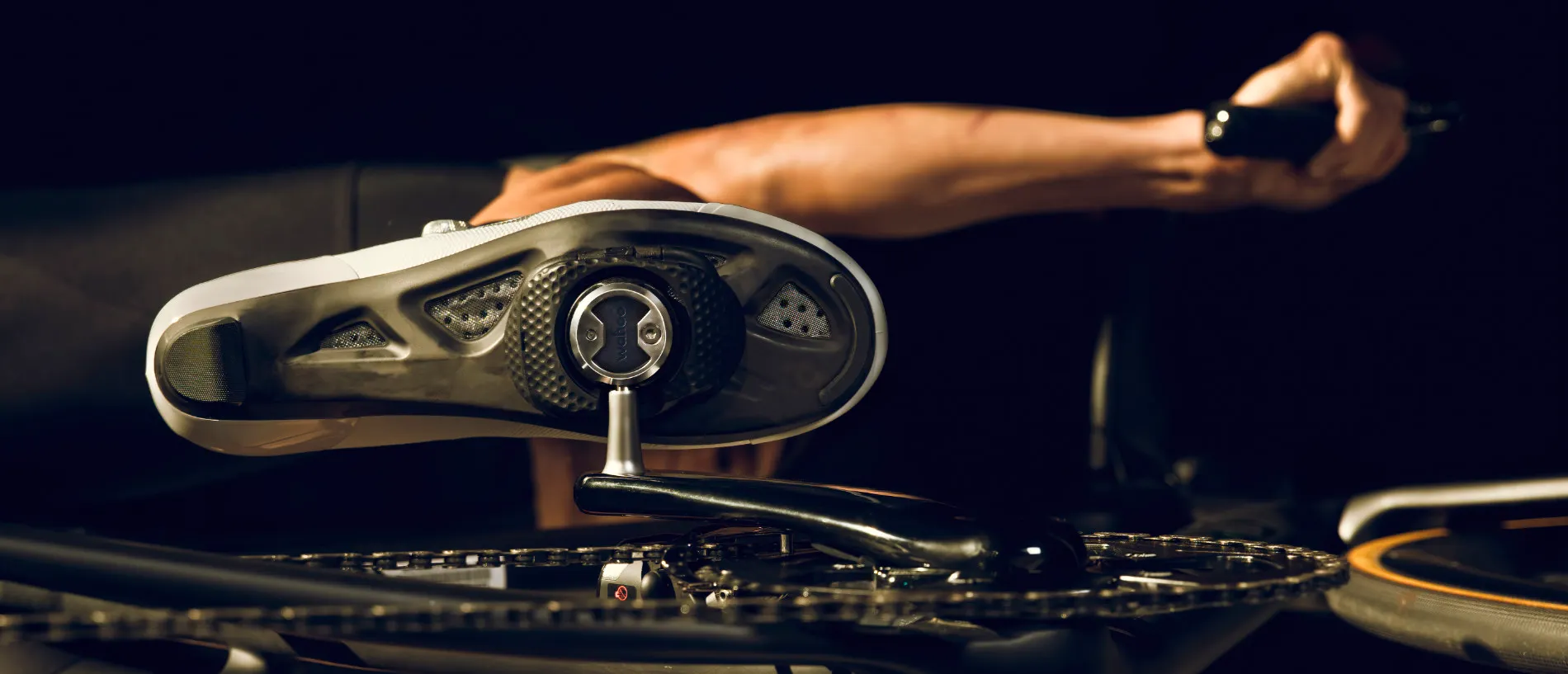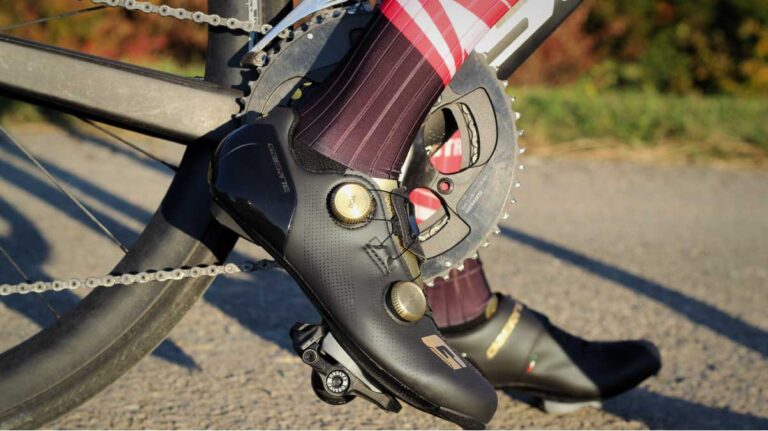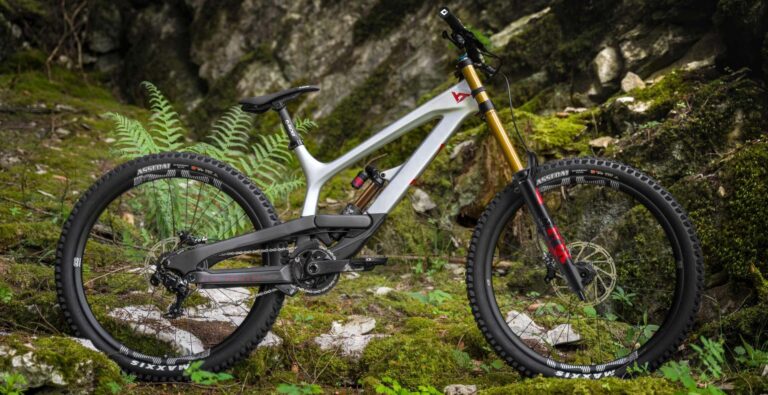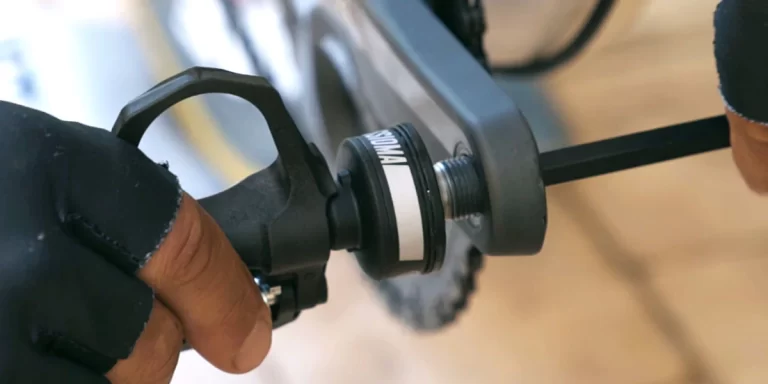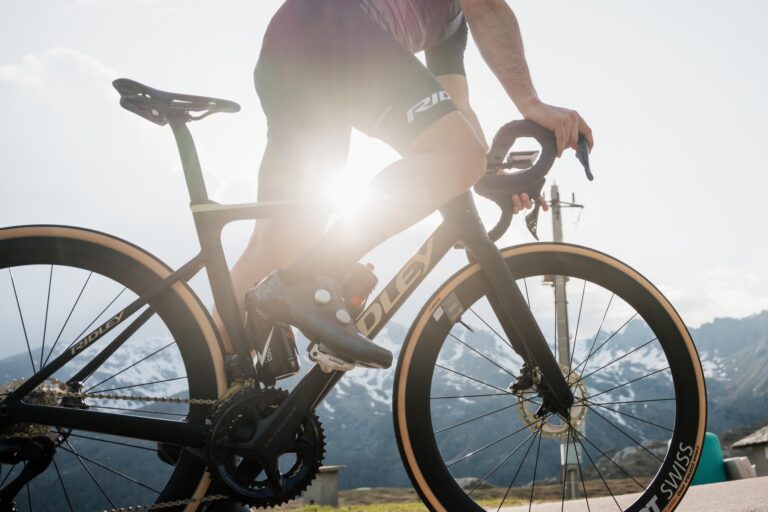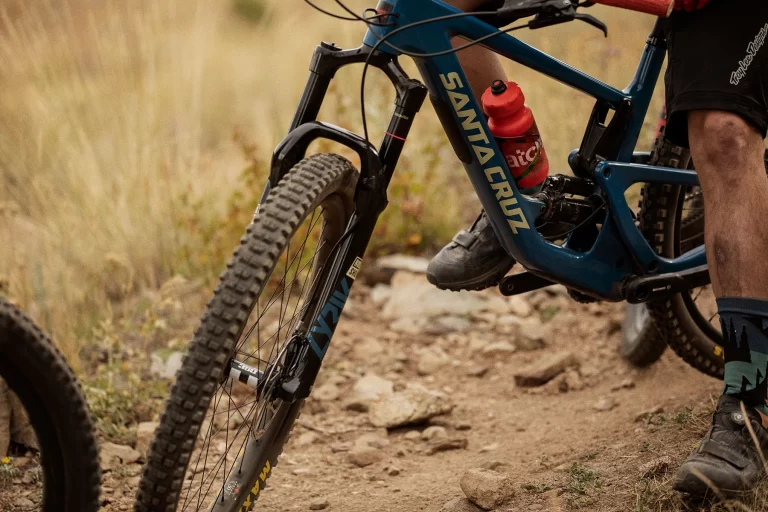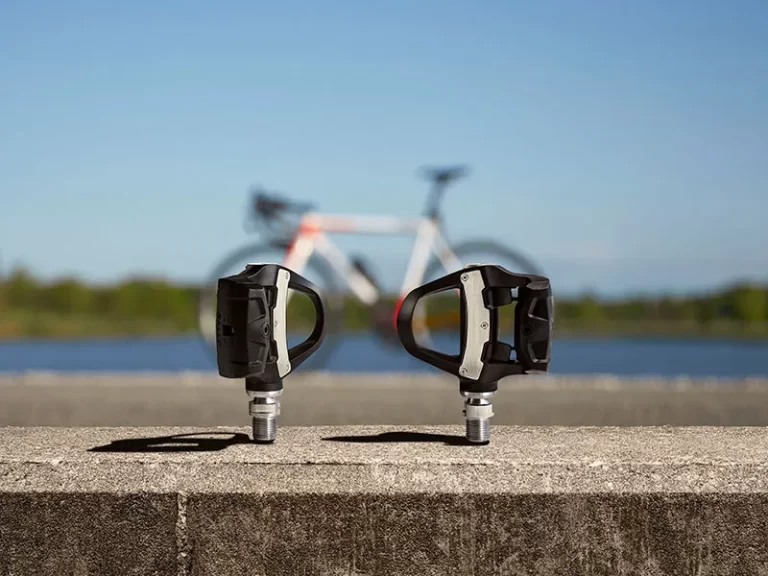Precision Pedaling: Mastering Calibrating Your Bike Power Meter for Accuracy
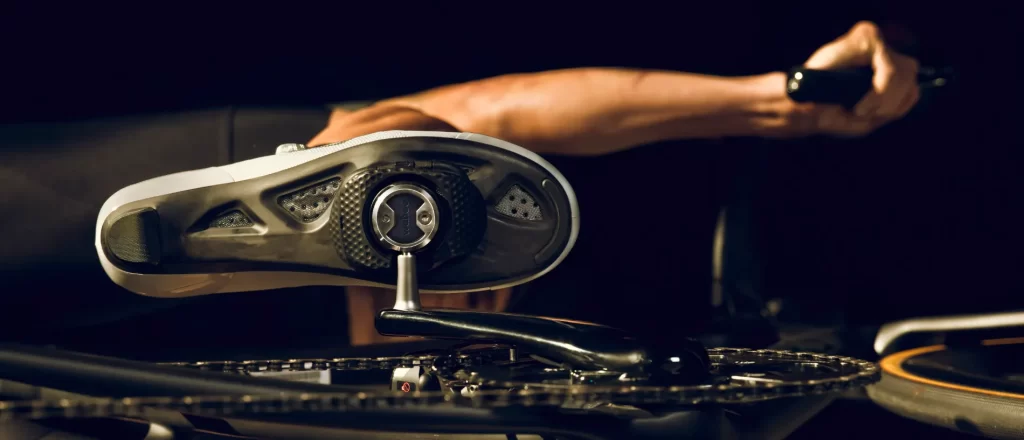
Key Point Summary of Calibrating Your Bike Power Meter for Accuracy:
- Understand Your Power Meter: Know the type and model, as different meters have unique calibration processes.
- Regular Calibration: Make it a habit to calibrate before significant rides or training sessions.
- Environmental Factors: Temperature and mechanical changes can affect calibration; adjust accordingly.
- Firmware Updates: Keep your power meter’s firmware up to date for optimal performance and accuracy.
- Maintenance: Regularly check and maintain your bike and power meter for consistent accuracy.
Calibrating your bike power meter is akin to tuning a fine instrument — it’s about precision, performance, and the pursuit of cycling excellence. As a masters cyclist with years of experience pedaling through the diverse terrains of mountain biking, gravel grinding, and cyclocross racing, I’ve learned the importance of reliable data.
A well-calibrated power meter is a cornerstone of effective training, providing insights that fuel improvement. This article is crafted to guide beginners and mid-level cyclists through the nuances of power meter calibration, ensuring accuracy and reliability in your training data.
Understanding Your Power Meter
Power meters come in various forms: crank-based, pedal-based, hub-based, and more. Each type — and often each model — has its own specific method for calibration. Familiarizing yourself with your power meter’s calibration process, usually outlined in the manufacturer’s manual or website, is step one. This foundational knowledge ensures that the calibration process enhances, rather than compromises, data accuracy.
The Ritual of Regular Calibration
I’ve made it a practice to calibrate my power meter before every key training session or race. This routine ensures that the data captured reflects my performance accurately, unmarred by potential drifts in the power meter’s readings. Regular calibration becomes especially crucial if your training decisions are based on marginal gains, where even slight inaccuracies can lead to misguided efforts.
Adjusting for Environmental Factors
Temperature shifts can play havoc with power meter readings. A chilly morning start can lead to different power readings than what you’d get in the warmth of midday. Acknowledging this, I adjust my calibration habits based on the day’s riding conditions. If I know I’ll be riding through varying temperatures, I might recalibrate during a mid-ride stop to ensure continued accuracy.
Keeping Firmware Up to Date
Much like keeping the software on your smartphone up to date ensures it runs smoothly, updating your power meter’s firmware can enhance its accuracy and functionality. I check for firmware updates regularly, a habit that has sometimes led to noticeable improvements in data reliability and even added new features to my power meter.
The Importance of Maintenance
Power meter accuracy isn’t just about the device itself but also about the ecosystem in which it operates — your bike. A loose crank or a worn-out chain can affect power readings. Thus, maintaining your bike in top condition is parallel to maintaining your power meter’s accuracy. Regular checks and servicing ensure that your efforts are measured accurately and reliably.
Calibrating Your Bike Power Meter for Accuracy: In Conclusion
Understanding and maintaining your power meter is not just about engaging with a piece of technology; it’s about committing to the integrity of your training data. The insights gained from a well-calibrated power meter can guide your training, inform your recovery, and ultimately, enhance your performance. Embrace the process of calibration as part of your cycling routine, and the rewards will reflect in your performance and enjoyment of the sport.
Selecting the top bike power meters involves considering factors like accuracy, durability, compatibility, and user feedback. Based on these criteria, here are three of the most highly regarded power meters among cyclists:
Garmin Rally Series (XC, RK, RS Models): The Garmin Rally power meters are known for their versatility and precision. They come in different models to fit various pedal types: RK for road cycling with LOOK Kéo cleats, RS for road cycling with Shimano SPD-SL, and XC for off-road and gravel biking with Shimano SPD cleats. These power meters offer dual-sensing capabilities, measuring total power, cadence, and left/right balance. Their easy installation and compatibility with the Garmin ecosystem make them a favorite among cyclists looking for reliable data.
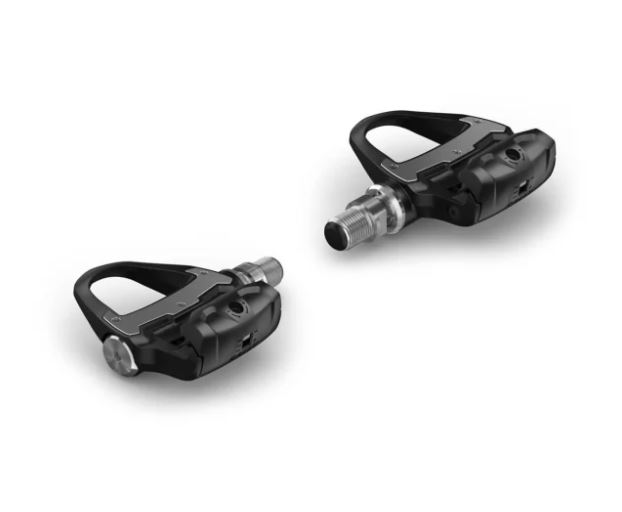

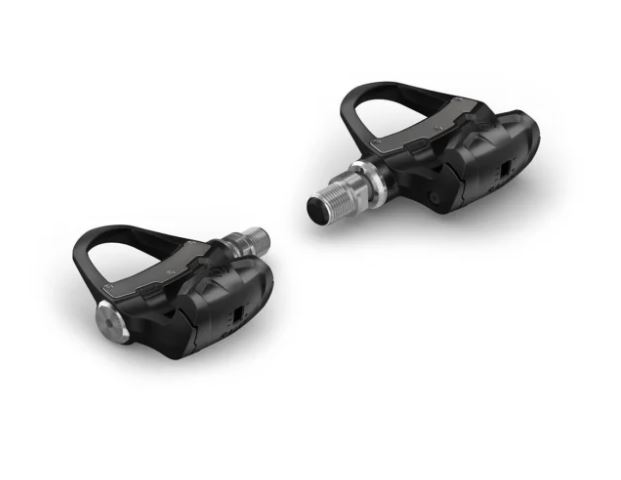
Quarq DZero DUB: Quarq’s reputation for accuracy and reliability is embodied in the DZero DUB power meter. It’s compatible with SRAM DUB bottom brackets and offers a broad range of chainring configurations. The DZero platform measures power from both legs and provides detailed metrics, including cadence and pedal efficiency. Quarq power meters are celebrated for their durability and minimal need for recalibration.

Stages Cycling Power Meters: Stages offers a wide range of crankarm-based power meters compatible with many bike models and brands. Known for their ease of use and installation, Stages power meters provide accurate single-sided power measurements and are a great option for cyclists looking to enter the world of power-based training without the high cost associated with some other units. Their lightweight design and robust construction make them suitable for all cycling disciplines, from road to mountain and cyclocross.
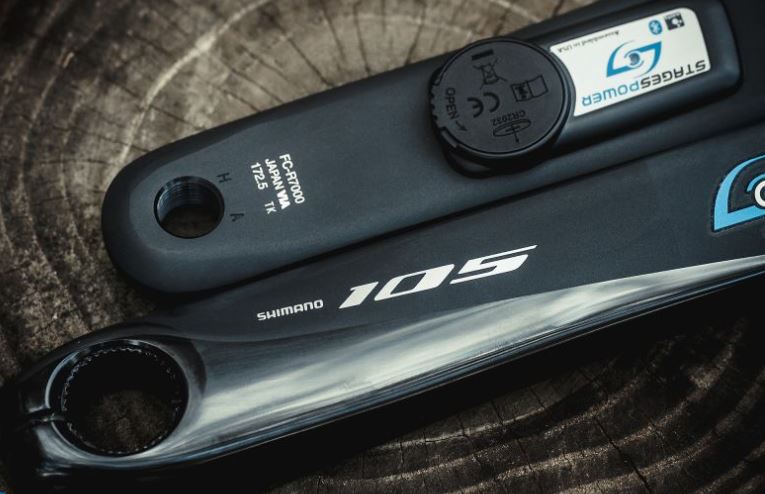
Each of these power meters has its unique strengths, catering to different preferences and requirements. Whether you prioritize seamless integration into your current setup, detailed bi-lateral power data, or a budget-friendly entry point into power-based training, there’s an option among these top contenders that’s likely to meet your needs.
FAQ
How do you calibrate a bike power meter?
To calibrate a bike power meter, follow these general steps, but always refer to your specific power meter’s manual for precise instructions:
- Wake the power meter by spinning the pedals.
- Ensure the bike is stationary and the drivetrain is not engaged.
- Access the calibration feature through your bike computer or smartphone app connected to the power meter.
- Perform the calibration as directed by the prompts, which typically involves a simple press of a button.
- Wait for the confirmation message indicating successful calibration.
How do I know if my cycling power meter is accurate?
To know if your cycling power meter is accurate, compare its readings under controlled conditions to another trusted power meter’s readings, or perform a known power test using a trainer that can accurately simulate specific wattages. Consistent readings within the manufacturer’s stated accuracy range (e.g., ±1-2%) indicate good accuracy.
Do power meters need to be calibrated?
Yes, power meters need to be calibrated to ensure accurate readings. Calibration accounts for environmental changes and mechanical factors that can affect measurements. It’s recommended to calibrate before important rides or at least regularly according to the manufacturer’s advice.
How do you calculate power meter accuracy?
Power meter accuracy is calculated based on the variance between the actual force applied and the power meter’s readings. Manufacturers typically specify this as a percentage (e.g., ±1%). To practically assess this, you’d need a controlled environment where actual power output can be precisely measured and compared against what the power meter reports.
Ride on
John
